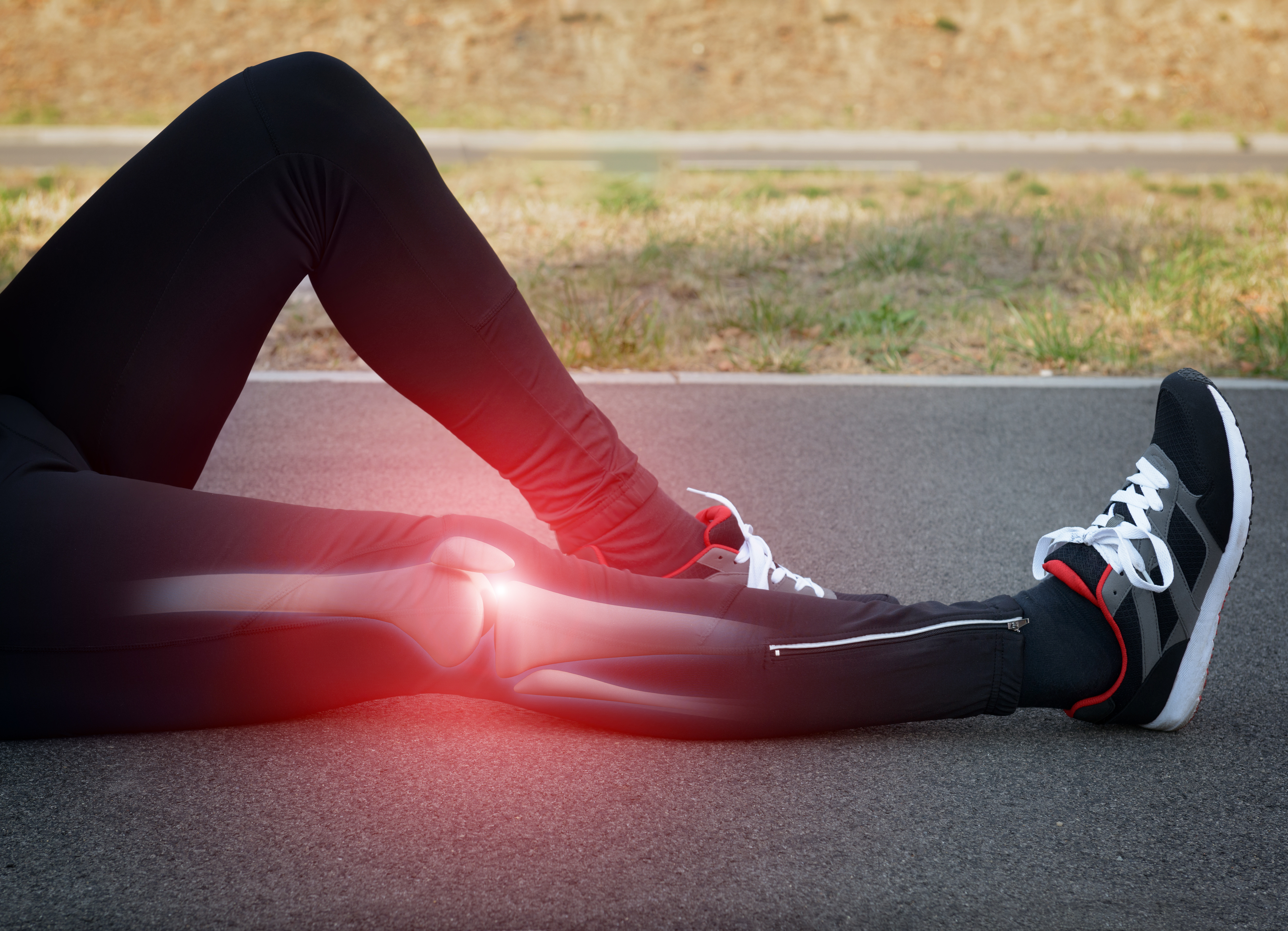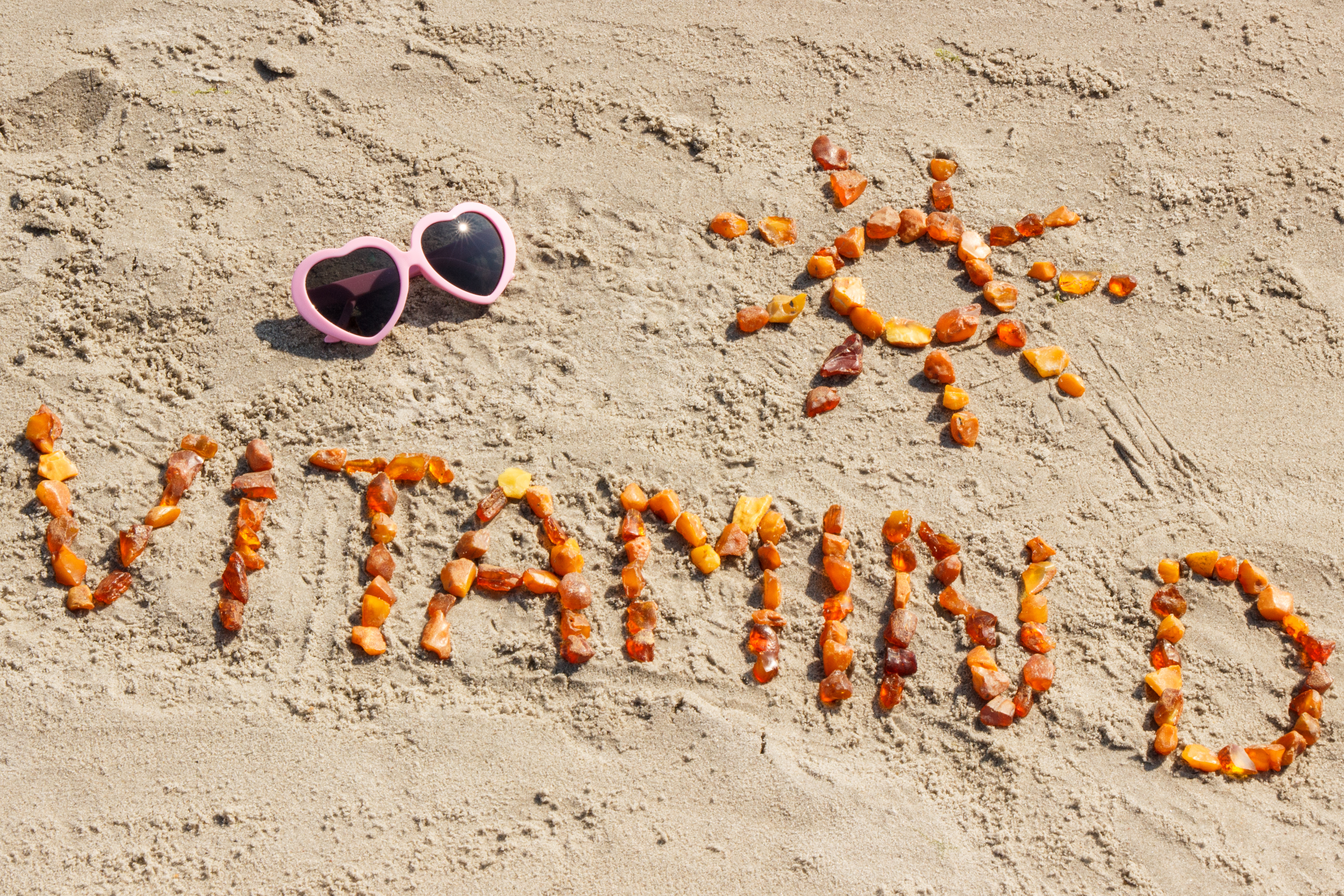Inflammation is the body's way of fighting against things that harm it, such as infections,…

Women’s Health and Stress Urinary Incontinence
One in three women will suffer from stress urinary incontinence, or SUI, at some point in their lives. Many will suffer in silence, too embarrassed by the symptoms to seek medical help. Others just accept SUI as a natural consequence of childbirth and aging, especially if it has happened to others in the family, like their mother or grandmother.
However, there are a number of treatments available for SUI, ranging from non-invasive options like physical therapy to surgical solutions. It is important to note that if surgery is an option you are considering, you need to be aware that procedures that use a device called a bladder sling have been associated with serious complications. Be sure to explore all options with your doctor, especially traditional surgeries that don’t use such devices. Causes, Symptoms and Risk Factors
SUI is a common condition in which women experience involuntary urine loss during activities that cause the abdominal muscles to contract, such as coughing, laughing or exercise. Typically, it is the result of weakened or stretched pelvic floor muscles that no longer have the strength to hold back urine flow when pressure is placed on the bladder. The most common causes of that damage to the pelvic floor are pregnancy and childbirth, but anything that increases pressure in the pelvic region can contribute, such as obesity, heavy lifting, high-impact exercise, frequent constipation or a chronic cough.
Non-Invasive Therapies
Pelvic floor strength training can be very effective in controlling SUI, especially when it is done with the help and supervision of a physical therapist. Typically, a regimen of Kegel exercises is used to strengthen the pelvic floor muscles. Biofeedback is often used to monitor muscle performance, and therapists often use specialised weights for resistance, enhancing the effectiveness of Kegel exercise. Other types of gentle exercise are frequently used in addition to Kegels, such as walking or low-impact aerobics.
Weight management is also important in treating SUI, since excess weight in the abdominal area increases pressure on the bladder and pelvic floor. Treating or preventing constipation is key, since it can irritate nerves that trigger urine release, making incontinence more frequent. Good nutrition is important to the function of all of your muscles, so eating well and using a multivitamin and mineral supplement can help.
SUI Surgery
If non-invasive methods fail, surgery is an option that has served many women well. However, knowing all your options is essential, since some SUI procedures carry more risk than others. Procedures using a bladder sling — typically implanted through the vagina — to correct SUI have been problematic for many women, with rising numbers of serious complications reported to the Food and Drug Administration (FDA) in recent years.
Among commonly reported problems are erosion of the sling into nearby organs, such as the vagina and rectum, contraction of mesh materials, organ perforation and urinary problems such as recurrent incontinence and urinary tract infections. Some women who have experienced these problems have sought legal aid and filed bladder sling lawsuits. decided Most cases of SUI can be corrected without the use of a bladder sling, so be sure to discuss traditional SUI repair options with your doctor.
If you would like advice on combatting SUI naturally or would like to make an appointment please call Kingston Natural Health Centre on 0208 549 8000
This blog was sent to us by www.drugwatch.com
stress urinary incontinence http://www.nlm.nih.gov/medlineplus/ency/article/000891.htm
bladder sling http://www.drugwatch.com/transvaginal-mesh
bladder sling lawsuits http://www.drugwatch.com/transvaginal-mesh/lawsuit.php
[social_share]



